Seamless Integration of 3D Foot Scanners and 3D Printed Insoles
The world of foot health and footwear is undergoing a revolution with the introduction of advanced technologies such as 3D foot scanners and 3D printed insoles. These innovations are not only changing how we understand foot care, but they are also enhancing the comfort, performance, and customization of footwear like never before. By combining the precise measurements offered by 3D foot scanners with the versatility and accuracy of 3D printed insoles, we are witnessing the emergence of a seamless integration that could transform the way we approach foot health.
The 3D foot scanner works by capturing a highly detailed, three-dimensional model of the foot. It uses infrared light, lasers, or structured light to accurately map out the foot's shape, size, arch, and pressure points. This digital model can then be used to design personalized footwear or orthotics tailored to the individual’s specific needs. When integrated with 3D printed insoles, which can be manufactured using this data, the result is a highly customized, well-fitting insole that can greatly improve foot health and comfort.
How Does the Integration of 3D Foot Scanners and 3D Printed Insoles Work?
At the heart of the integration is the use of 3D foot scanners to generate a detailed digital model of the foot. This model serves as the blueprint for creating 3D printed insoles, which can be designed to fit the foot precisely, taking into account factors such as foot shape, arch height, pressure distribution, and individual foot conditions like plantar fasciitis or flat feet.
The process begins with the 3D foot scanner capturing an accurate image of the foot. This is done quickly and non-invasively, often in a matter of seconds. Once the scan is complete, the data is processed by specialized software, which analyzes the foot’s unique characteristics. For example, the software can identify high-pressure areas, which are crucial when designing insoles that aim to reduce discomfort or prevent injury.
Once the foot data is processed, the information is transferred to a 3D printer, which uses materials such as thermoplastic polyurethane (TPU) or other flexible compounds to create the insole. These materials are lightweight, durable, and offer the necessary support to optimize foot health. The 3D printed insoles can be customized to provide cushioning in the right places, offer arch support, or address specific foot problems, depending on the needs of the individual.
The Advantages of Combining 3D Foot Scanners and 3D Printed Insoles
Personalization and Precision
The most significant advantage of combining 3D foot scanners with 3D printed insoles is the level of personalization that can be achieved. Traditional insoles are often mass-produced to fit the “average” foot, which may not provide the optimal fit or support for everyone. However, with 3D foot scanning technology, every individual’s unique foot structure can be accurately mapped, and custom insoles can be printed to match those measurements. This level of precision ensures that the insoles provide the exact support needed, leading to better comfort and overall foot health.
Comfort and Performance Enhancement
For athletes or individuals who spend a significant amount of time on their feet, the integration of 3D foot scanners and 3D printed insoles can dramatically improve performance and comfort. Custom insoles tailored to an individual’s foot shape and pressure points can help reduce fatigue, improve posture, and even prevent injuries. For example, runners may benefit from insoles designed to improve shock absorption or enhance alignment, while people who suffer from foot conditions like flat feet may experience relief from the added support.
Faster Production and Accessibility
Traditional methods of manufacturing insoles often involve long lead times and may require multiple fittings or adjustments before the final product is ready. However, with 3D printing, insoles can be produced much more quickly and with greater consistency. Once a 3D foot scan is completed, the 3D printed insole can be manufactured in a matter of hours, making the process much more efficient. This speed also makes it easier for consumers to access custom foot care solutions, whether in a clinic, retail store, or even from the comfort of their own home.
Cost-Effectiveness
While the upfront costs of 3D foot scanners and 3D printers may seem high, the long-term benefits are undeniable. By reducing the need for multiple fittings and adjustments, and by eliminating the need for mass-produced insoles, this technology can save money in the long run. Moreover, the ability to print insoles on demand helps eliminate waste associated with traditional manufacturing processes, which makes it a more sustainable solution for foot care.
Ongoing Adaptability
Another advantage of integrating 3D foot scanners with 3D printed insoles is the ability to adapt the insoles as the foot changes over time. Our feet naturally change with age, weight fluctuations, and even activity levels, which can affect foot health. Using 3D foot scanners, individuals can regularly update their foot data to ensure that their insoles continue to provide the best possible support. If there are any changes in the foot’s structure or pressure points, new 3D printed insoles can be created to address these changes, keeping the person’s feet comfortable and healthy.
Applications of 3D Foot Scanners and 3D Printed Insoles in Various Fields
Sports Medicine
Athletes, particularly those involved in high-impact sports, can benefit significantly from the seamless integration of 3D foot scanners and 3D printed insoles. By providing a precise understanding of how their feet interact with the ground, sports professionals can optimize their footwear for maximum performance. For instance, insoles could be printed to correct gait abnormalities, improve shock absorption, or reduce strain on specific areas of the foot. This could help prevent common injuries like stress fractures or plantar fasciitis, which are often caused by improper footwear.
Podiatry and Orthopedic Medicine
Podiatrists and orthopedic specialists have been using 3D foot scanners for years to diagnose and treat foot conditions. With the addition of 3D printed insoles, these professionals can now offer their patients a more personalized approach to foot care. Custom insoles can be designed for conditions such as arthritis, diabetic foot ulcers, and even post-surgical recovery. By ensuring that each patient receives the right support, these technologies are improving outcomes and quality of life for many individuals.
Footwear Design and Retail
The fashion and retail industries are also embracing 3D foot scanners and 3D printed insoles as a way to offer consumers a more personalized shopping experience. Footwear brands can use 3D scanning technology to design shoes that fit better and offer greater comfort. By integrating 3D printed insoles into their products, companies can create footwear that is not only stylish but also provides the support and cushioning that individual customers need.
Diabetes Care
For individuals with diabetes, foot care is crucial in preventing complications such as infections and ulcers. The use of 3D foot scanners allows for the early detection of pressure points or deformities, which can then be addressed through the use of custom 3D printed insoles. These insoles can help redistribute pressure across the foot, reducing the risk of injury and improving overall foot health for those with diabetes.
Custom Footwear for Everyday Use
Even for individuals without specific medical concerns, the integration of 3D foot scanners and 3D printed insoles can enhance the daily experience of wearing shoes. Custom insoles tailored to the individual’s foot shape can provide increased comfort, reduce foot fatigue, and improve posture. This integration allows for a level of customization that has never before been available in mass-market footwear.
The Future of Seamless Integration
As the technology behind 3D foot scanners and 3D printed insoles continues to evolve, the possibilities for customization and personalized foot care will only expand. With advancements in materials, printing techniques, and scanning technology, we may soon see even more refined and efficient solutions for foot health.
Furthermore, as more people become aware of the benefits of custom insoles, the demand for these products will likely increase, making them more widely available and affordable. This will bring the benefits of 3D foot scanning and 3D printing to a broader audience, allowing more individuals to experience the advantages of personalized footwear.
The seamless integration of 3D foot scanners and 3D printed insoles marks a major milestone in the world of foot health and footwear. By offering a highly personalized, comfortable, and efficient solution for foot care, these technologies are set to transform the way we approach footwear, from sports to daily wear. Whether you're an athlete seeking to optimize your performance, someone with specific foot conditions in need of custom orthotics, or simply looking for better comfort, the combination of 3D foot scanners and 3D printed insoles offers a future where personalized foot health solutions are the norm. As this technology continues to advance, the possibilities for improving foot comfort and overall well-being are endless.

 +86-0755-86131192
+86-0755-86131192 2024-12-18
2024-12-18 Back to list
Back to list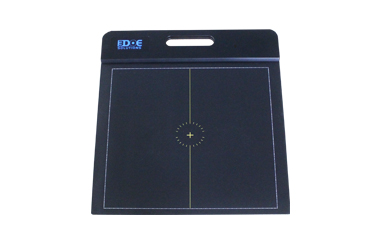
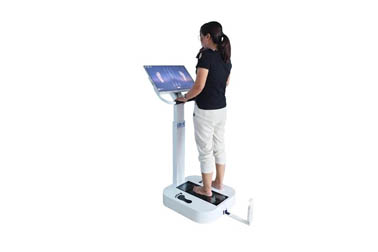
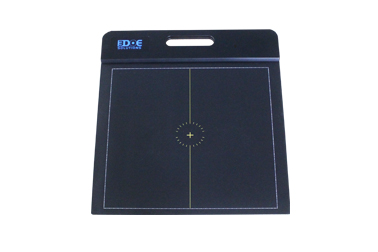
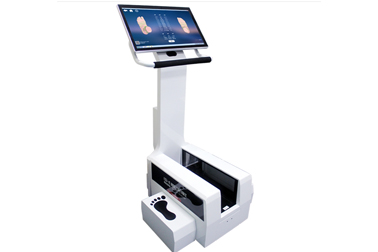
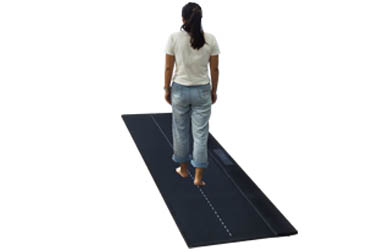
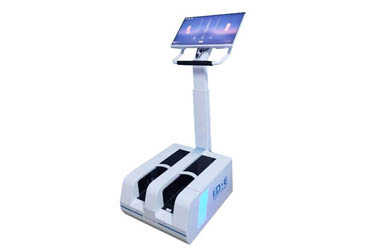



 +86-0755-86131192
+86-0755-86131192